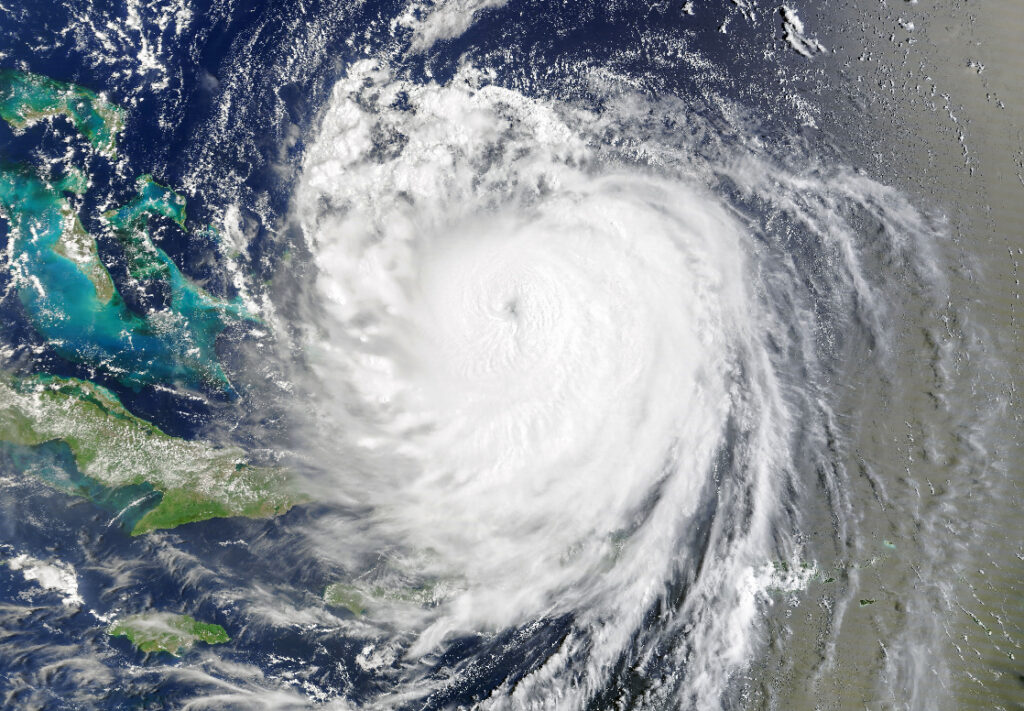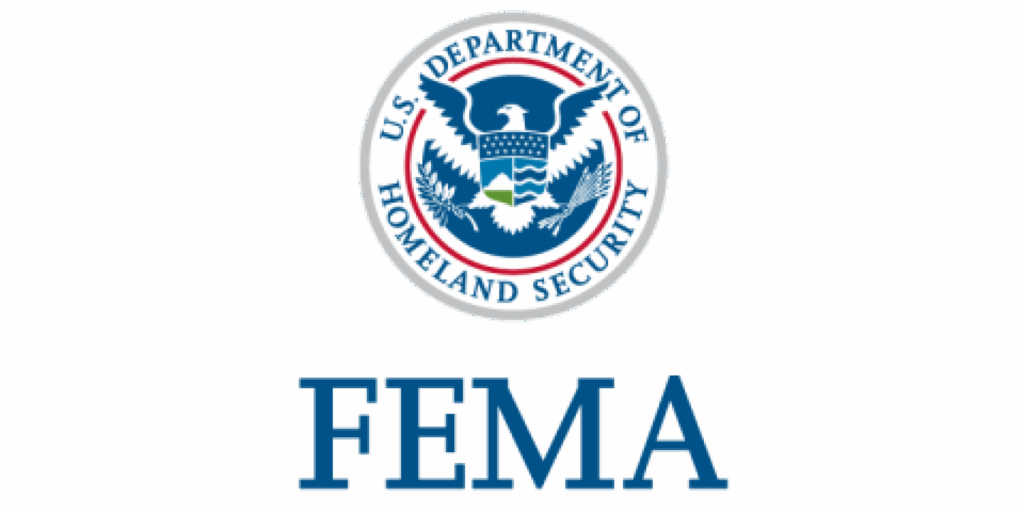Coastal Flooding and Real Estate Ownership in North Carolina
North Carolina’s coastal real estate is threatened by rising flood risks, increasing insurance costs, and requires new disclosure laws. By 2050, up to 1.4 million homes could be at risk, reshaping property values and market dynamics across the state. Hurricane damage, erosion, and infrastructure threats highlight the growing challenges for buyers, sellers, and homeowners. However, as of July 2024, sellers must disclose flood zone status, prior damage, and insurance coverage, increasing transparency but also impacting transactions. With insurance premiums climbing, some areas seeing hikes of 70 percent or more, affordability is a growing concern. This blog explores North Carolina coastal real estate flood risks and what these changes mean for the future of coastal living in North Carolina and offers practical steps to help real estate stakeholders stay informed, plan wisely, and protect their investments in an evolving climate landscape.
North Carolina's Real Estate Risks are on the Rise

North Carolina coastal real estate flood risks, soaring insurance costs, and new disclosure laws. A new report warns that by 2050, up to 1.4 million North Carolina coastal homes could face flooding, placing the state among the nation’s highest-risk areas.
Hurricane Erin recently underscored these dangers with collapsing homes, flooding on Highway 12, and erosion on barrier islands like Rodanthe.
However, as of July 2024, sellers are required to disclose whether a property lies in a flood hazard zone, any history of flood damage or insurance claims, and whether it is covered by flood insurance. Furthermore, this new law increases transparency but may also reshape the market.
At the same time, insurance costs are climbing quickly. For example, flood policies in Wilmington’s Intracoastal corridor could rise by more than 70 percent, and areas from Morehead City to the Virginia line may see increases of 25 percent. Also, a recent study projects that 72 percent of North Carolina counties could face declining property values due to climate risks and higher insurance costs.
Practical Steps for Buyers and Sellers

But what this means for buyers, sellers, and owners:
- Higher risk of flooding and erosion
- New disclosure requirements for sellers
- Rising insurance premiums
- Possible declines in property values
Practical steps:
- Stay informed through FEMA maps and the North Carolina Flood Information Center
- Review disclosure forms and insurance quotes carefully before purchasing; the North Carolina Real Estate Commission’s brochure on purchasing coastal real estate is a good resource
- Consider resilience upgrades such as elevated foundations or flood-proofing
- Monitor local zoning, drainage, and dune replenishment projects



